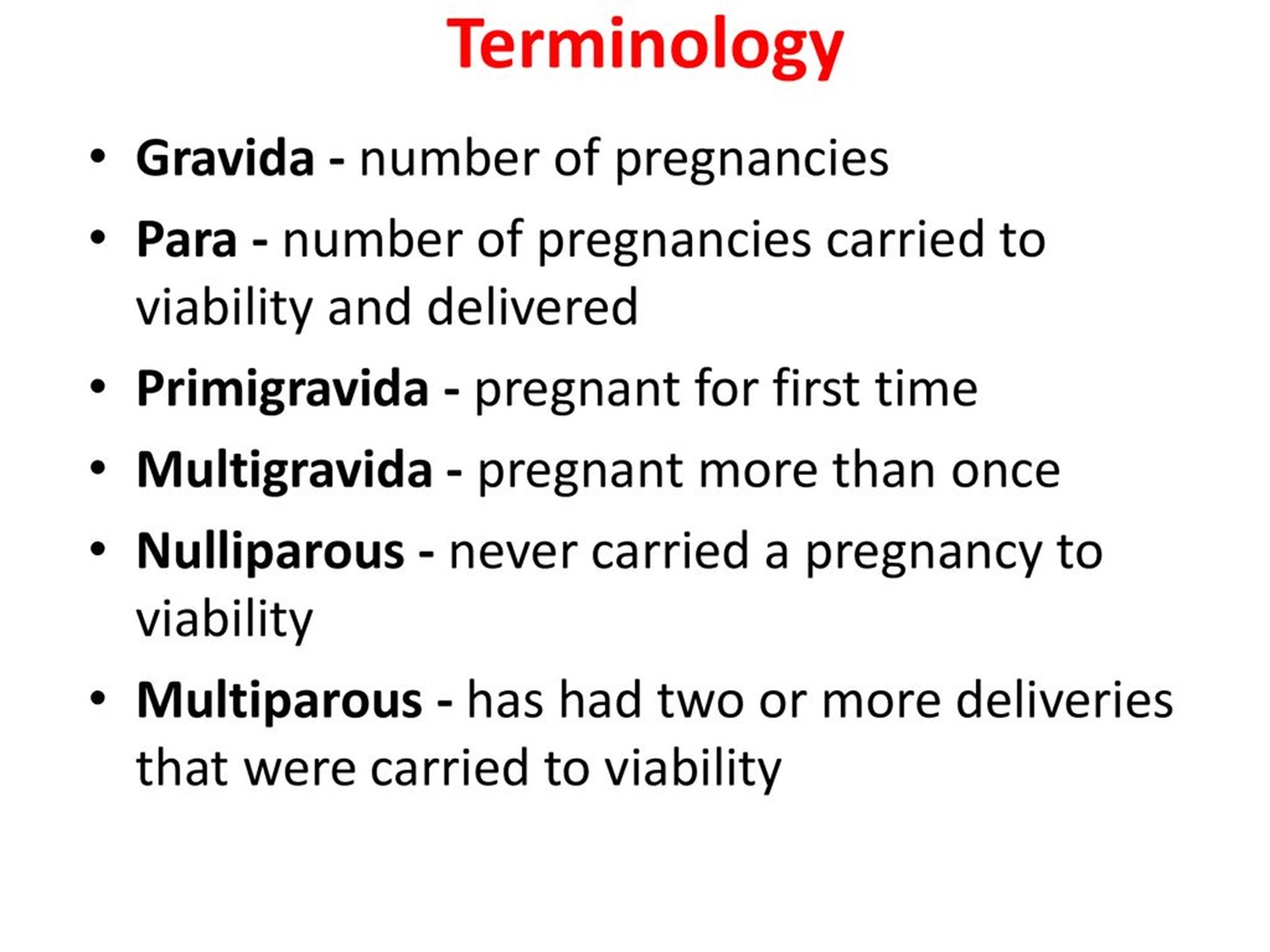When assessing a multigravida on the first postpartum day, the nurse finds a moderate amount of lochia rubra, with the uterus firm and three fingerbreadths above the umbilicus. What action should the nurse implement first?
Check for a distended bladder.
Review the hemoglobin to determine hemorrhage.
Massage the uterus to decrease atony.
Increase intravenous infusion.
The Correct Answer is A
Choice B reason: Reviewing the hemoglobin to determine hemorrhage is an important action, but not the first one. The nurse should first identify and correct the cause of bleeding, such as bladder distension or uterine atony, before checking for blood loss and anemia.
Choice C reason: Massaging the uterus to decrease atony is not indicated in this case, because the uterus is already firm. Massaging a firm uterus can cause overstimulation and pain.
Choice D reason: Increasing intravenous infusion is not the first action, because it may worsen bleeding by increasing blood pressure and diluting clotting factors. The nurse should first assess and manage bleeding before administering fluids or blood products as prescribed.

Nursing Test Bank
Naxlex Comprehensive Predictor Exams
Related Questions
Correct Answer is A
Explanation
Choice B reason: Blood pressure of 122/74 mm Hg is within the normal range for a postpartum client and does not indicate an infection. However, the nurse should monitor for signs of preeclampsia or eclampsia, such as hypertension, proteinuria, headache, blurred vision, and seizures.
Choice C reason: Oral temperature of 100.2°F (37.9°C. is slightly elevated, but not necessarily indicative of an infection. A mild fever may occur within the first 24 hours after delivery due to dehydration or hormonal changes. However, if the fever persists or increases, the nurse should suspect an infection and notify the healthcare provider.
Choice D reason: White blood cell count of 19,000/mm^3 (19 x 10^9/L) is higher than the normal range, but not necessarily indicative of an infection. A leukocytosis or increased WBC count may occur as a normal response to stress or trauma during delivery. However, if the WBC count remains elevated or increases further, the nurse should suspect an infection and notify the healthcare provider.
Correct Answer is C
Explanation
Choice A: Assessing pupillary response to light hourly is not related to dopamine administration. Dopamine does not affect the pupils or the cranial nerves that control them.
Choice B: Initiating seizure precautions is not necessary for a client receiving dopamine. Dopamine does not lower the seizure threshold or cause convulsions.
Choice C: Measuring urinary output every hour is an important intervention for a client receiving dopamine. Dopamine increases blood pressure and cardiac output, which improves renal perfusion and urine production. Urinary output is an indicator of the effectiveness of dopamine therapy and renal function.
Choice D: Monitoring serum potassium frequently is not directly related to dopamine administration. Dopamine does not affect potassium levels or cause hyperkalemia or hypokalemia. However, potassium levels may be affected by other factors such as fluid balance, renal function, and medications.
Whether you are a student looking to ace your exams or a practicing nurse seeking to enhance your expertise , our nursing education contents will empower you with the confidence and competence to make a difference in the lives of patients and become a respected leader in the healthcare field.
Visit Naxlex, invest in your future and unlock endless possibilities with our unparalleled nursing education contents today
Report Wrong Answer on the Current Question
Do you disagree with the answer? If yes, what is your expected answer? Explain.
Kindly be descriptive with the issue you are facing.
